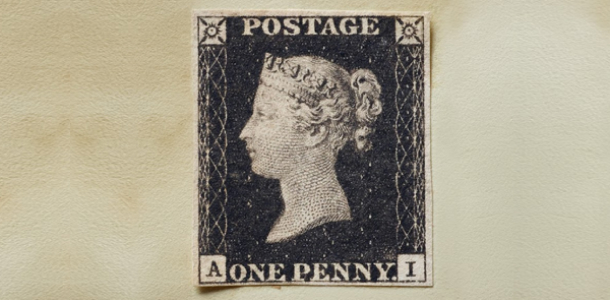Discover the postal heritage of Mauritius
A journey through time at the Postal Museum
The Revolutionary Impact of the Penny Black Stamp
Penny Black
Up to the mid-19th century, postal services required the addressee to pay for postage fees upon receipt. This often led to losses for postal administrations as recipients sometimes refused to settle the fees. Sir Rowland Hill, head of the British Postal Administration, revolutionized the system by requiring postage payment by the sender. He introduced the concept of postage stamps to facilitate prepayment, leading to the creation of the world’s first postage stamp, the “Penny Black,” in the United Kingdom in 1840. Although the Penny Black is not directly related to Mauritian postal history, it set the stage for modern postal systems worldwide.


Red Penny
At vero eos et accusamus et iusto odio dignissimos ducimus qui blanditiis praesentium voluptatum deleniti atque corrupti quos dolores et quas molestias excepturi sint occaecati cupiditate non provident, similique sunt in culpa qui officia deserunt mollitia animi, id est laborum et dolorum fuga. Et harum quidem rerum facilis est et expedita distinctio. Nam libero tempore, cum soluta nobis.
At vero eos et accusamus et iusto odio
Established during the French colonial period
Pierre Nicolas Lambert, the King’s printer published a weekly newspaper and he guaranteed his subscribers free delivery
of inland mail once a week together with his newspaper. He also dispatched overseas mail and he assured free delivery
of letters from abroad six to eight hours after the arrival of a ship.
Non-subscribers were also able to take advantage of this service for a small fee.
British took over the island
When the British took over the island in 1810, the postal system had deteriorated, providing a rudimentary
overseas service; the inland mail service was almost inexistent. The British pressured by Le Cernéen,
a local newspaper, to improve the inland mail service,
Revive the postal system
In April 1834, the Government announced that as from 19 May an experimental postal service between
Port Louis and Mahebourg once a week on Saturdays would be provided.
Service was increased to thrice weekly
The return trip to Port Louis was made on the following Monday.
The service was so successful that on 1 January
Postage Stamp
Sir Rowland Hill invented the postage stamp for the prepayment of mail, which completely
revolutionised the postal systems of the world
Introduction of the Postage Stamp
The introduction of the postage stamp for the prepayment of mail in
Britain was followed by Brazil and Switzerland
Ordinance No. 13
Which laid down postage rates for inland mail, was promulgated. The delivery tariff was fixed at
1d for town and 2d for other localities within the island.
USA and Mauritius issuing their own Postage stamps.
On 21 September 1847, Mauritius issued two postage stamps, the engraving and printing of which were done in
Port Louis by Joseph Osmond Barnard. Only 500 orange-red One Penny and 500 deep blue Two Pence denominations
were produced. The few surviving legendary Post Office stamps of Mauritius are amongst the most
sought after and the most famous stamps in the world.
Locally Printed Classics
The Barnard Post Paid stamps
Locally Printed Classics
The Lapirot Post Paid stamps, the Sherwin Post Paid stamps, the Dardenne lithographs.
All the Post Paid stamps were printed from Barnard’s original printing plates of 1848 which were re-engraved
by both Jules Lapirot and Robert Sherwin. The Dardenne lithographs were printed from a stone.
The Classics
The 1,000 Post Office stamps of 1847 were all sold soon after they were issued. Today it is generally agreed that only fifteen examples of the One Penny have survived (including two unused) and twelve of the Two Pence (including four unused).
Most are now in permanent museum collections. A set of two unused stamps were purchased by a consortium
of leading Mauritian companies in 1993 and are on display in a museum in Port Louis.


